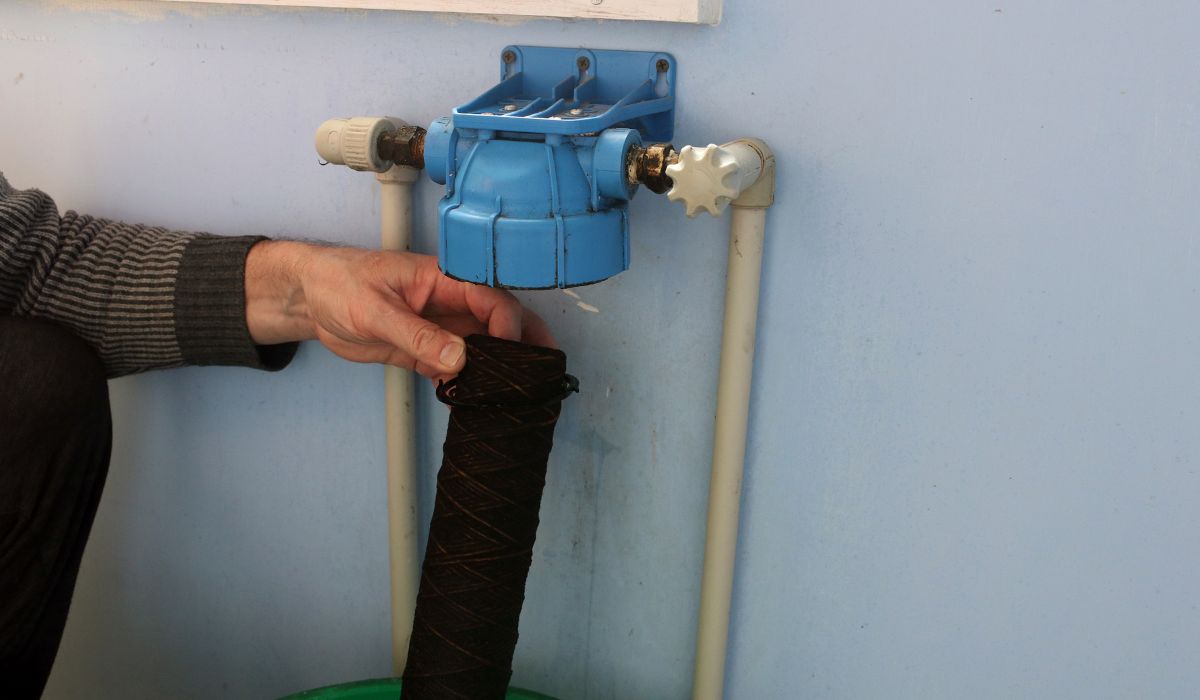Lead water pipes are not only outdated, but they are also dangerous for human health. Drinking water from lead pipes can cause several health problems, including developmental delays, brain damage, and kidney damage. This is why it is crucial to replace lead pipes with safer materials such as copper, PVC, or PEX.
In this comprehensive guide, we will cover everything you need to know about lead water pipe replacement, including why it is necessary, how to identify lead pipes, the cost of replacement, and the benefits of replacing them.
Why is Lead Water Pipe Replacement Necessary?
Lead pipes were widely used in the past because they were cheap and easy to install. However, lead is a toxic substance that can cause serious health problems when ingested. Even low levels of lead in the body can cause developmental delays in children and other health problems.
The Environmental Protection Agency (EPA) has set the action level for lead in drinking water at 15 parts per billion (ppb). If the lead level in your water exceeds this level, it is crucial to replace your lead pipes
How to Identify Lead Pipes?
Identifying lead pipes can be difficult, especially if they are hidden behind walls or underground. However, there are some signs that can indicate the presence of lead pipes in your home.
One of the most common signs is the age of your home. If your home was built before 1986, it is more likely to have lead pipes. You can also check your plumbing system for signs of corrosion. Lead pipes are more likely to corrode, which can cause discoloration or staining in your water.
Another way to identify lead pipes is to contact a licensed plumber or water testing professional. They can conduct a test on your water to determine the lead levels and identify the type of pipes in your plumbing system.
The Cost of Lead Water Pipe Replacement
The cost of lead water pipe replacement can vary depending on several factors, including the size of your home, the type of pipes, and the complexity of the installation. On average, the cost of replacing lead pipes in a single-family home can range from $3,000 to $10,000.
However, there are some options for reducing the cost of replacement. For example, some cities offer financial assistance or low-interest loans to help homeowners replace their lead pipes. Additionally, replacing lead pipes with copper or PVC can be a long-term investment in your home’s value and your family’s health.
Benefits of Replacing Lead Pipes
Replacing lead pipes can offer several benefits, including improving the quality of your drinking water and protecting your family’s health. It can also increase your home’s value and reduce the risk of future plumbing problems.
When you replace lead pipes with safer materials such as copper or PEX, you can be sure that your water is free of harmful contaminants. This can give you peace of mind and improve your overall quality of life.
Additionally, lead pipe replacement can increase your home’s value. Potential buyers are more likely to choose a home with updated plumbing systems and safe drinking water. This can make your home more attractive on the market and increase its overall value.
Conclusion
Lead water pipes are not only outdated but can also be dangerous for human health. Replacing them with safer materials such as copper or PEX can offer several benefits, including improving the quality of your drinking water, protecting your family’s health, and increasing your home’s value.




